| Serious darkroom
work is really hard. You have to spend long, lonesome evenings
in the cold basement, while the rest of the family enjoy their
company in the comfy living room. If you work fast you manage to
produce one good print per session, you are always late in bed
because if you finish at midnight you still have to clean up and
restore all the chemicals. Furthermore frustration tolerance is
maxed out if you see the finished print the next morning for the
first time at daylight, and notice all the unretouchable dust
specs and dodging errors, which make the print unusable. Trying to avoid darkroom work (negative developing is ok for me) I tried to resort to a "hybrid approach", i.e. I tried to scan my films. However, I was never happy with the results. The tones are visibly worse than those of scanned prints, even if you use the data only to show images on the web. Even though I used a relatively good scanner, an EPSON 700, I never managed to avoid disturbing noise in the dark tones, etc. etc. Altogether film scanning for me was highly unsatisfactory business. Hence digital cameras were always a bit tempting for me, as they seem to avoid several difficulties and inconveniences. Since I am a rangefinder guy, and digital Leica M bodies are obviously too expensive (who the f pays 7000+ Euros for a camera that will be outdated in a few years even though it is housed in a solid Leica body; who the f is doing such a thing if he is not a pensioned dentist?). So the only possible solution seemed to be the Fuji X100. Its outer appearance is very attractive, it seems to have useful features such as the traditional speed and aperture dials and the focal length is just right for me. When it was announced I became very excited and I bought it as soon as it appeared on the market. But, to make a long story short, this camera is crap. I got rid of it as fast as I could, and what you see here are the pictures I made for the sale. What was the problem? It is simply unusable for the kind of photography, mainly street work, I do. Fuji had good ideas but the implementation was bad. The camera is slow, manual focusing is essentially impossible, the batteries are drained too fast, it has too many useless features that make the camera difficult to use, and it is not as solid as it appears on the pictures. Now I am desperately hoping for a digital Bessa rangefinder. The time is ripe, so what is the otherwise innovative Voigtlaender company waiting for?
|
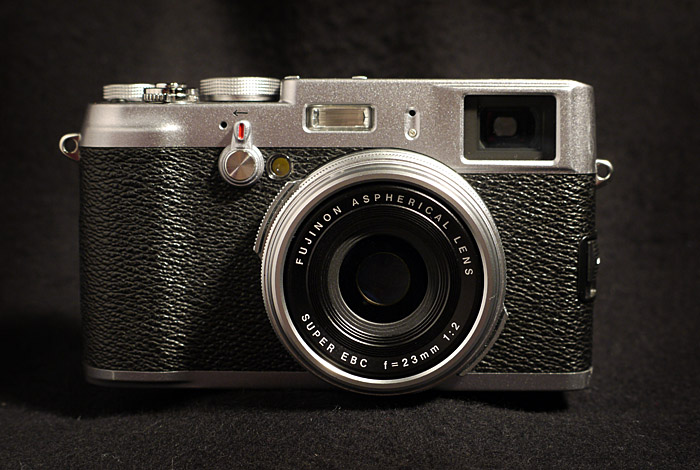
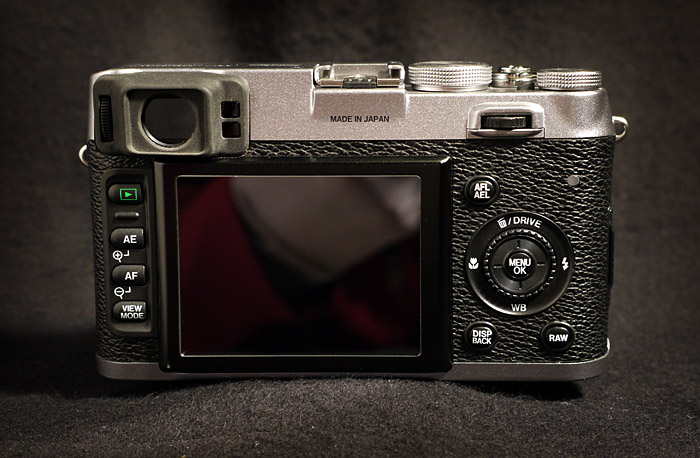
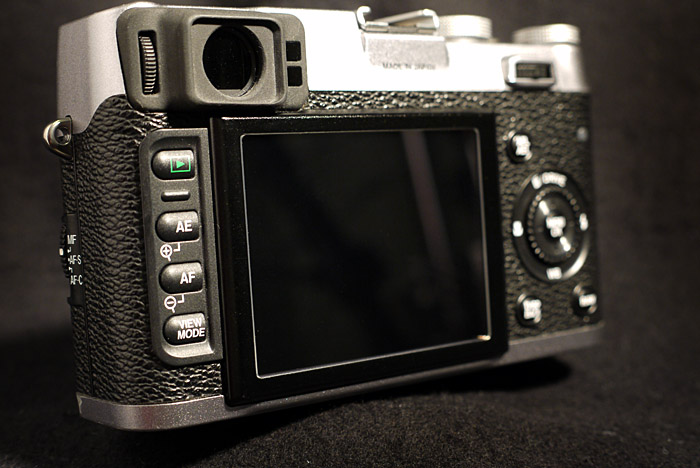

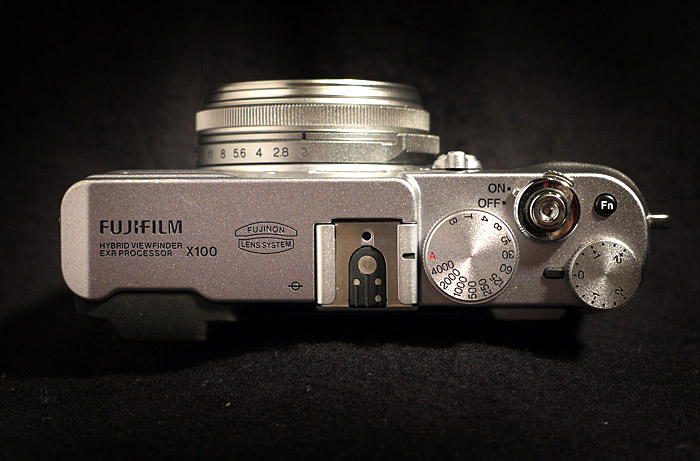
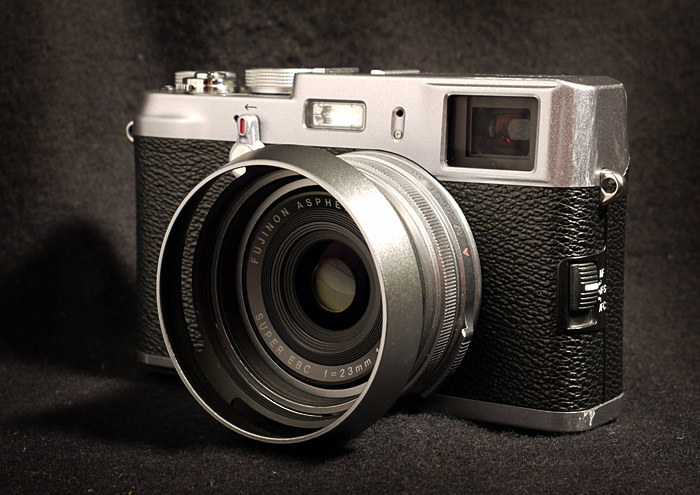

|